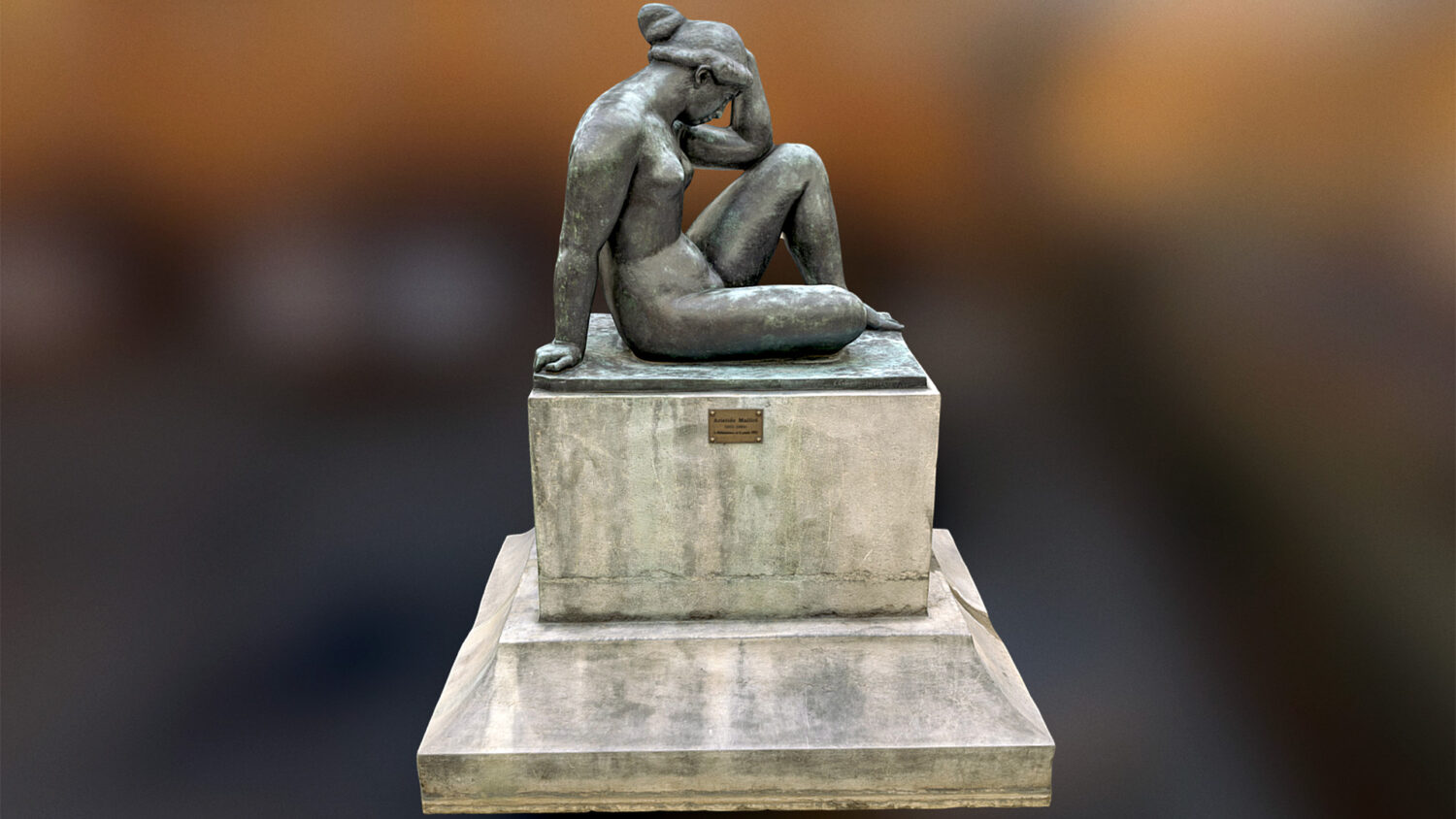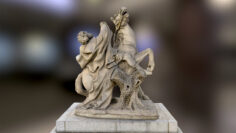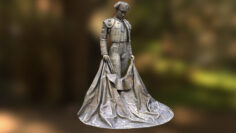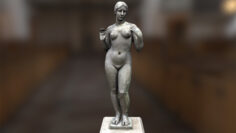The Mediterranean
The Mediterranean is a bronze sculpture by the French artist Aristide Maillol. Created in 1905, several versions exist today including copies in stone, marble and bronze. It shows a naked woman seated, with her left knee raised, her left elbow resting on her knee and her head resting on her left hand.
She is in a serious and poised posture, and sometimes the work is referred to as La Pensee, which means The Thought in English. It was first exhibited in plaster at the Salon d’Automne of 1905, and brought Maillol his first public success.
A bronze copy was later installed in 1964 in the Jardin du Carrousel at the Tuileries, in Paris. It is part of a set of statues by Maillol exhibited in the open air. Another is exhibited in the patio of the town hall of Perpignan.
Aristide Maillol
Aristide Maillol was born in 1861 and started out as a painter, yet when his eyesight started to deteriorate he focused on sculpture. Influenced by the work of Paul Gauguin, he went on to become one of the most talented sculptors of his time.
His work primarily focused on finding an ideal where the simplest forms of the female nude body flourished harmoniously. Maillol experienced a period of great notoriety starting 1910 and his work was exhibited in the United States, England, Germany, Switzerland and Russia.
La Méditerranée
Maillol originally called the work “Allegory of thought”, because the woman is in a posture that evokes introspection and its simplicity is what brings out the beauty of the sculpture. It was later changed to La Méditerranée.
When it was first shown to the public it caused a great sensation. The greate French writer André Gide said: “She is beautiful, as she means nothing”.
While the aesthetic is clearly linked to Rodin’s The Thinker, and the influence of Greco-Latin sculpture can be seen, it is the opposite of what was practiced at the time. The pose is simple, there is no exaggerated emotion, no bulging muscles. The face is devoid of expression, the limbs that are very full, and the skin very smooth. Maillol took several years to finalize this very geometric work: three triangles, formed by the arms and the legs, and a folded shape that would fit in a cube with only a foot and a hand protruding.
Maillol said : “My idea, in sculpting it, was to create a young, pure, luminous and noble figure… But, isn’t all that the ‘Mediterranean spirit’? “.
Facts
The sculpture was based on Maillol’s wife, Clotilde. It represented a fundamental break from sculptures of the previous century, and the movement of simplification of the art of sculpture after 1900 was called “the return to order”.
A bronze version of the sculpture can be found in the Tuileries garden in Paris, close to the Louvre, where you can find a garden devoted to the artist’s work. Filled with all female statues, set amidst flowerbeds and greenery. They are placed on flat bases, in accordance with the wishes of Aristide Maillol, who died in a car accident in 1944.










